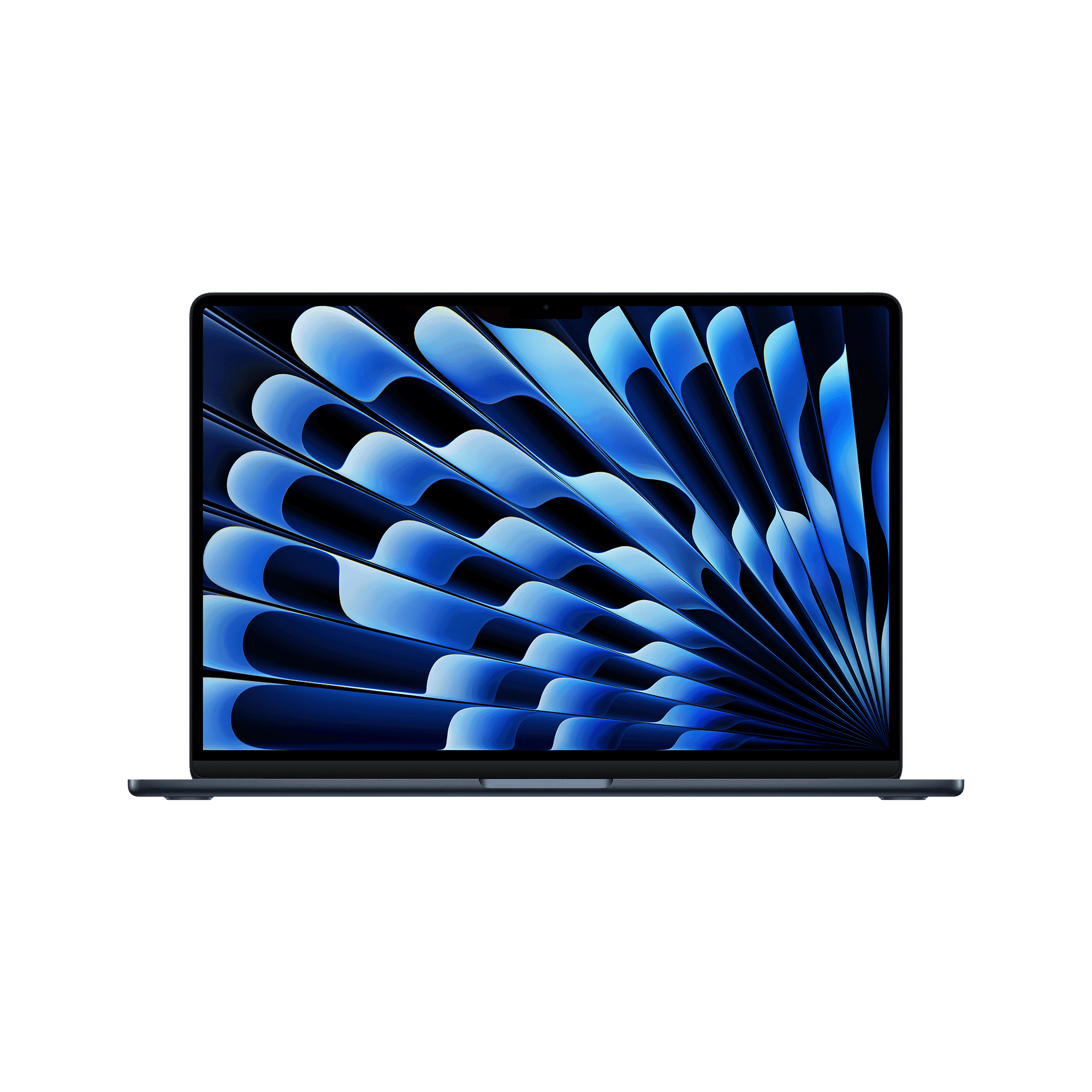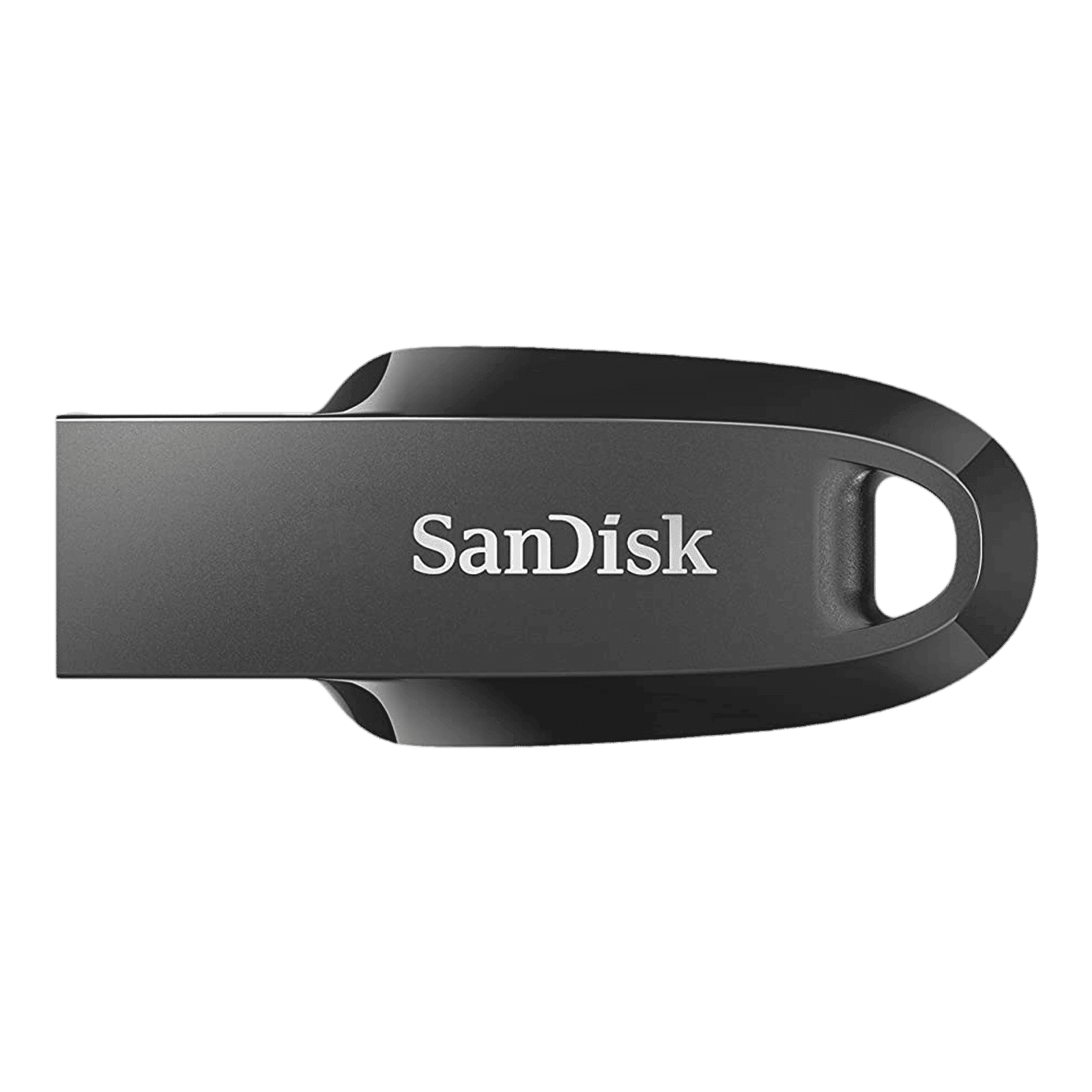%20(Presentation)%20(1600%20x%20600%20px)(76)-c01ff619-4d0e-49f2-ac38-d69a444fc3fb.webp&w=3840&q=75)
Consumer Electronics
•05 min read

Buy Apple MacBook Air (15.3 inch, M4, 16GB, 512GB, macOS, Midnight) online at best prices from Croma. Check product details, reviews & more. Shop now!
When it comes to boosting your computer's performance, the debate between upgrading your SSD and adding more RAM often leaves many users wondering which one offers the best improvement. In today's fast-paced world, understanding the differences between a solid state drive and random access memory is crucial for making the best decision for your computing needs, whether you're a tech enthusiast, busy professional, or a multitasking family user. By delving into the roles each component plays, you can optimise your system, ensuring faster boot times, efficient application handling, and overall smooth performance.
A solid state drive acts as your permanent storage where all your data, operating system, and applications reside. Upgrading to an SSD significantly boosts system speed by reducing boot times and speeding up file access. This type of drive, compared with traditional hard disk drives, offers faster data read and write speeds, making your system feel more responsive. Whether you're loading large files or launching applications, the improved performance can make a noticeable difference to productivity and leisure activities alike.
RAM, or random access memory, is the volatile memory that temporarily stores data your computer is actively using. Unlike an SSD, which holds data persistently, RAM provides temporary storage that is essential for multitasking and application execution. If you're juggling several programs at once, having adequate RAM prevents lags and ensures smoother transitions between tasks. This memory plays a pivotal role in ensuring that high-performance applications operate efficiently, especially for tasks like video editing, design work, and online gaming.
When comparing data transfer rates, SSDs generally outperform traditional storage, which translates to quicker boot-ups and faster file loads. However, in terms of processing speed, RAM outshines because it is designed for rapid data processing and temporary storage. Each component is critical: an SSD improves system efficiency by handling data retrieval quickly, while RAM supports fast computation and smooth multitasking.
Upgrading to an SSD impacts your device primarily by reducing the time it takes to start your system and load software. For many users, the sluggishness associated with older hard drives can be mitigated by switching to an SSD, enabling a more immediate response in everyday tasks and ensuring that applications launch swiftly. This optimisation is particularly beneficial for those who frequently access large files or use multiple complex applications.
The addition of more RAM can be a game changer if your system tends to slow down when handling multiple tasks. By increasing memory, your computer can run more applications simultaneously without compromising on performance. This is incredibly valuable in scenarios where intensive multitasking is required, ensuring that resource-heavy programs run without noticeable delays and that system response remains smooth even under pressure.

Buy SanDisk Ultra Curve 64GB USB (3.2) Pen Drive (Compact Design, Black ) online at best prices from Croma. Check product details, reviews & more. Shop now!
Deciding whether to upgrade your SSD or add more RAM depends heavily on the primary functions of your computer. If you notice long boot-up times or frequently experience delays when opening files and software, investing in an SSD upgrade might yield the most noticeable difference. In contrast, if your system struggles with running numerous applications concurrently or if you encounter occasional lags during multitasking, a RAM upgrade would be more beneficial.
For gamers, both SSD and RAM enhancements contribute to a superior experience. An SSD improves game loading times, meaning you spend more time playing and less time waiting for the game to start. Meanwhile, increased RAM allows for smoother gameplay during heavy scenes or multiple background processes. Balancing both upgrades often provides an overall better performance, ensuring that gaming sessions run without frustrating interruptions.
When your daily routines involve switching between several applications, adding more RAM can make a significant difference. The increased capacity helps keep multiple programs running simultaneously without the system losing steam. Meanwhile, an SSD upgrade still plays a role by speeding up the initial load times when switching between various applications across the system. Thus, users whose tasks are heavily reliant on intense multitasking might see the best results by examining where their system experiences the most significant slowdowns.
One critical factor in understanding the differences is that RAM is volatile memory, which means it only retains data as long as your device is powered on. Once the system shuts down, the data is lost. In contrast, an SSD is a form of persistent storage, keeping your data safe until you decide to change it. This fundamental difference explains why each serves a distinct purpose: RAM is all about speed for active tasks, whereas an SSD is valued for its long-term storage capabilities.
When it comes to upgrading, the cost-effectiveness of increasing SSD or RAM capacity will depend on your specific needs. SSDs, while pricier per gigabyte compared to traditional storage, offer exceptional speed and durability. On the other hand, RAM upgrades provide seamless system operation when numerous applications or high-performance tasks are involved. Evaluating what aspect of performance is most crucial for your daily usage can guide you in balancing your investment between storage and memory.
Expert Tip: Find the Right Balance Between SSD and RAM
Did you know? For most users, upgrading both SSD and RAM together offers the most comprehensive performance boost. While SSDs ensure that file access and boot times are accelerated, RAM upgrades facilitate smooth multitasking and reliable program execution. It is always wise to assess your system’s bottlenecks before deciding which component to upgrade.

Buy Lenovo IdeaPad Slim 3 15ABR8 AMD Ryzen 7 Thin & Light Laptop (16GB, 512GB SSD, Windows 11 Home, 15.6 inch Full HD Display, MS Office Home 2024, Arctic Grey, 1.62 KG) online at best prices from Croma. Check product details, reviews & more. Shop now!
It depends on your use case. More RAM is ideal for multitasking and running memory-intensive applications, while upgrading to an SSD improves boot times and overall system responsiveness.
This configuration offers 16GB of multitasking-capable memory and 1TB of fast storage space, providing a balance between performance and ample space for files and software.
For speed and overall performance, a 256GB SSD is superior. However, if you require more storage capacity for your files, a 1TB hard drive might be more suitable.
Yes, because a RAM disk uses volatile memory, it can be faster than an SSD. However, remember that data stored in a RAM disk is temporary and will be lost when the system is shut down.
If your device experiences slow boot times and delayed file access, an SSD upgrade is recommended. In contrast, if you often find your system lagging during intensive multitasking, increasing your RAM would be the better option.
The choice between enhancing SSD capacity or adding more RAM ultimately depends on the specific needs of your computing tasks. Upgrades in these areas contribute uniquely to performance improvements: an SSD boosts system speed by minimising wait times during data access, while more RAM enables smooth operation when handling several applications simultaneously. In many cases, a balanced upgrade path that includes enhancements to both components can deliver significant improvements in overall computing efficiency.
At Tata Neu, we understand that investing in technology requires a solution that not only meets your performance needs but also offers additional rewards. With NeuCoin rewards available on every transaction, including tech purchases from our trusted partners, you can earn extra benefits as you upgrade your system. Whether you’re shopping for the latest gadgets or ensuring your existing device meets your demands, our ecosystem provides not just quality, but also an opportunity to save smartly. Enjoy the smartest of shopping experiences with benefits like express delivery on orders placed before 6pm, while taking your computing performance to new heights.